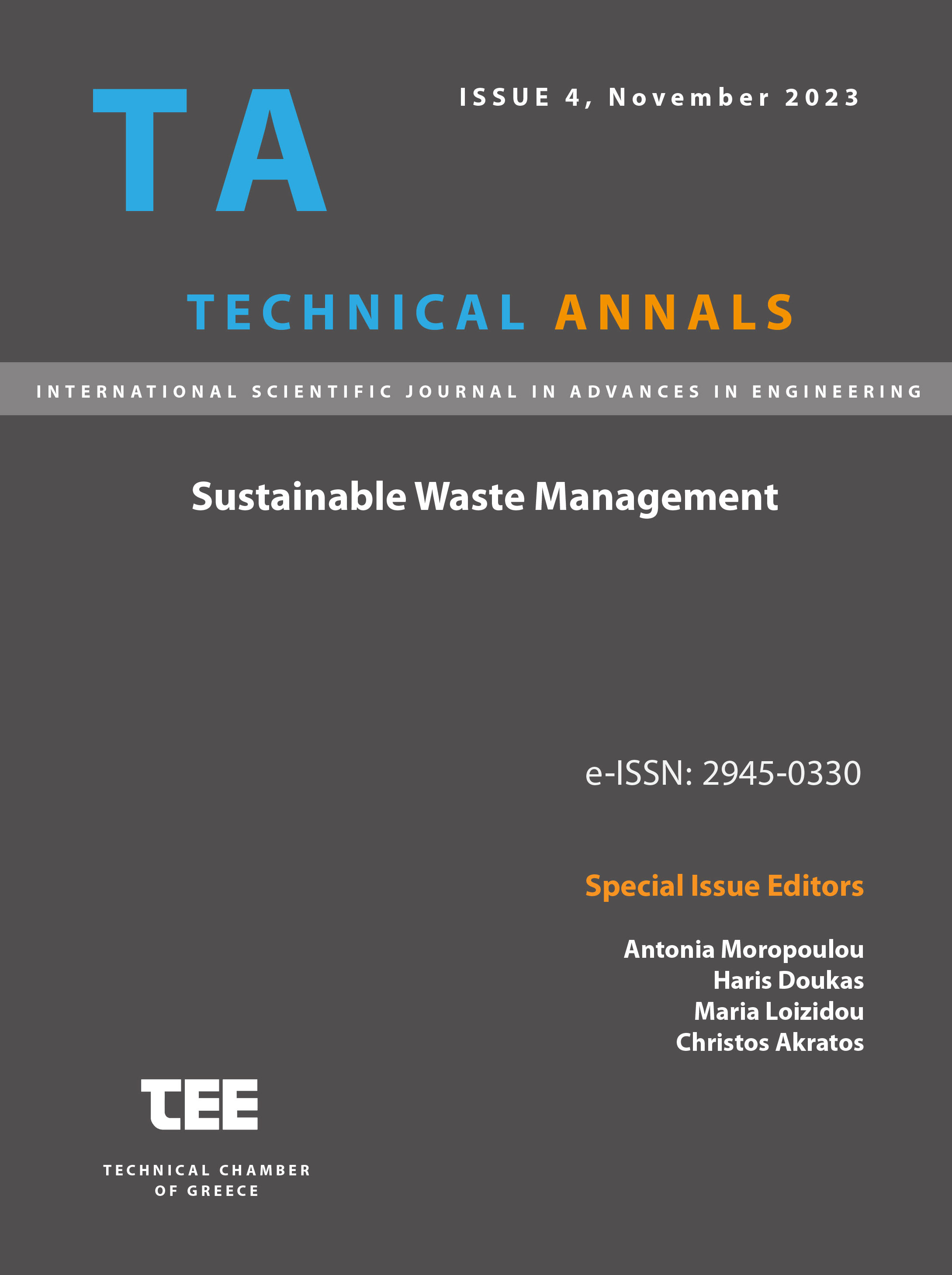Exploring the Feasibility of Solar and Wind Energy Utilization in Poland: A Hybrid Energy Mapping Approach

Abstract
Poland is obliged to reach the target of 21% share of renewable energy sources in gross final energy consumption by 2030. Thus, it makes it necessary and obligatory for the country to expand its wind and solar power generation. This research presents the preliminary process of creating the hybrid energy map for the country that would make it simpler both for the government and the enterprises to choose the available siting location. Geodata is assessed along with the siting constraints in a spatial analysis by using Geographic Information System (GIS). The final outcome of the paper is the visual hybrid energy map of Poland showing the available space for both wind and solar farms.
Article Details
- How to Cite
-
Denis, A., & Xydis, G. (2023). Exploring the Feasibility of Solar and Wind Energy Utilization in Poland: A Hybrid Energy Mapping Approach. Technical Annals, 1(4). https://doi.org/10.12681/ta.36946
- Section
- Energy

This work is licensed under a Creative Commons Attribution-NonCommercial-ShareAlike 4.0 International License.


